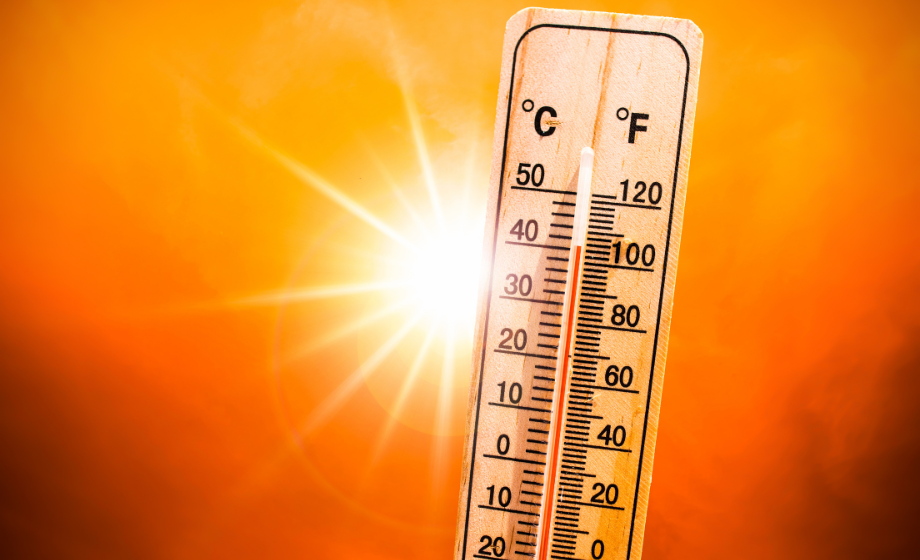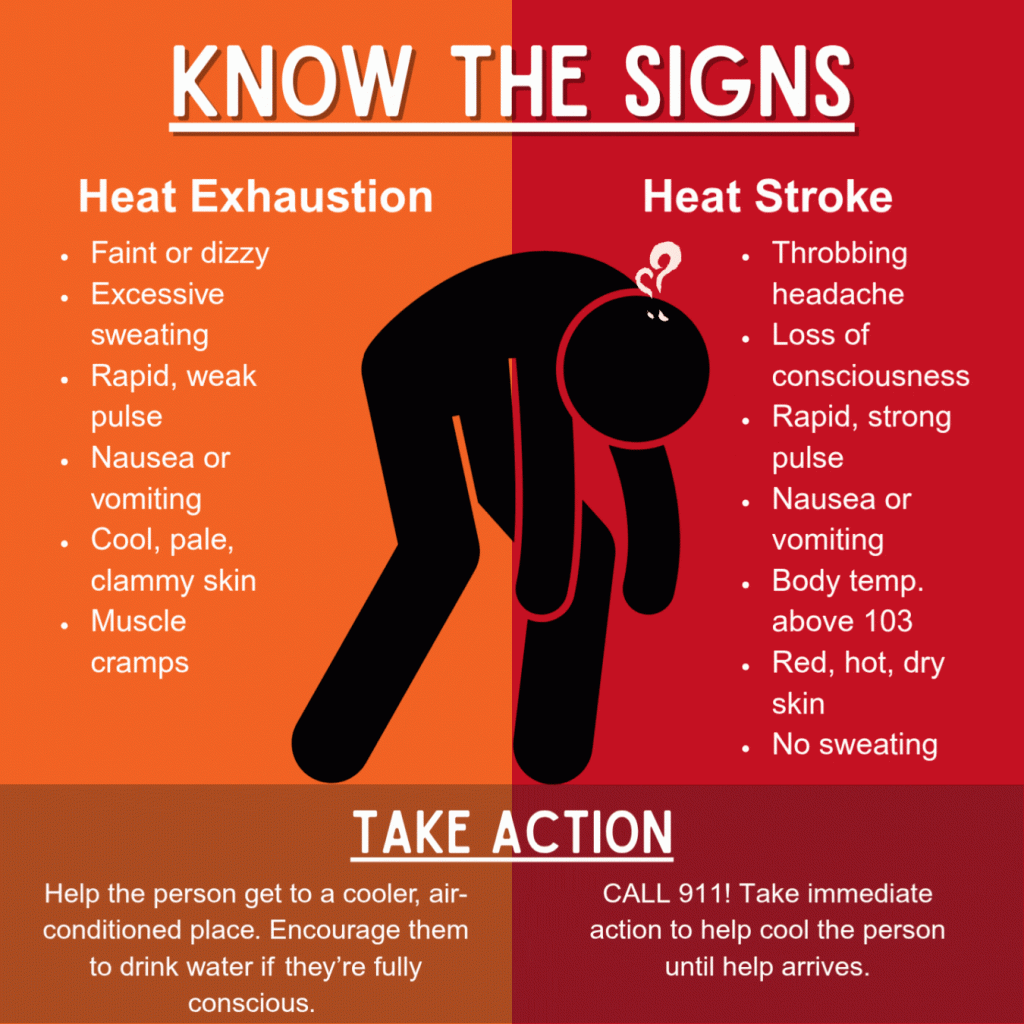
Stay Safe in the Heat: National Heat Awareness Day Matters for Ag Communities
At Agri-Service, we know the hard work doesn’t stop when the temperatures rise. Many of our employees and customers are out in the fields every day — planting, harvesting, repairing, and maintaining. However, with dangerously high temperatures forecasted in Southern Idaho and Eastern Washington, we’re taking a moment to discuss a serious issue: heat safety.
National Heat Awareness Day reminds us that extreme heat can be deadly — and it’s preventable.
Why Heat Awareness Matters in Agriculture
Farm work often means long hours in the sun, heavy lifting, and limited access to shade — all of which increase the risk of heat illness. According to OSHA, thousands of workers become sick each year from heat exposure on the job. Tragically, many of those cases are fatal — especially for new workers who haven’t had time to adjust to working in the heat. In fact, nearly 3 out of 4 heat-related deaths occur in the first week on the job.
Know the Signs of Heat Illness

Recognizing early symptoms can save lives. Watch for the signs of heat exhaustion:
- Faint or dizzy
- Excessive sweating
- Rapid, weak pulse
- Nausea or vomiting
- Cool, pale, clammy skin
- Muscle cramps
If you notice these symptoms, help the person get to a cooler, air-conditioned place. Encourage them to drink water if they are fully conscious.
Be sure to keep an eye out for the symptoms of heat stroke, which include
- Throbbing headache
- Loss of consciousness
- Rapid, strong pulse
- Nausea or vomiting
- A body temp above 103 degrees
- Red, hot, dry skin
- No sweating
If they are experiencing these symptoms, call 911 immediately, move them out of direct sunlight and attempt to cool them with water and ice, and never leave them alone until professional medical attention arrives.
Safety Starts with Preparation
Whether you’re on a farm, in a shop, or supporting ag operations, you can reduce the risk of heat illness with a few critical steps:
For employers:
- Provide cool water, rest breaks, and access to shade
- Allow time for new and returning workers to acclimatize (start with 20% workload and build up over a week or two)
- Train all employees on the signs of heat illness and what to do in an emergency
For everyone working in the heat:
- Drink water regularly — about 1 cup every 15–20 minutes
- Wear light, breathable clothing
- Use the buddy system to check in on each other
- Take breaks as needed — it’s not laziness, it’s survival
Plan, Monitor, Protect
If your team doesn’t already have a heat safety plan, now is the time to build one. It should include:
- Monitoring local temps and heat index (the OSHA-NIOSH Heat Safety App is a great tool)
- Adjusting work schedules to avoid peak heat
- Designating cool-down areas and heat safety reps on-site
- Emergency protocols for responding quickly if someone gets sick
Let’s Keep Each Other Safe
We’re in this together. At Agri-Service, safety isn’t just a policy — it’s a promise to our people and customers. As the heat ramps up this summer, let’s look out for one another, take heat illness seriously, and foster a culture of care across our agricultural communities.
If you have questions about heat safety, check out OSHA’s resources at osha.gov/heat. And if you see unsafe conditions at your job site, speak up — it’s your right.
Stay cool, stay safe, and keep farming forward.
 ×
×